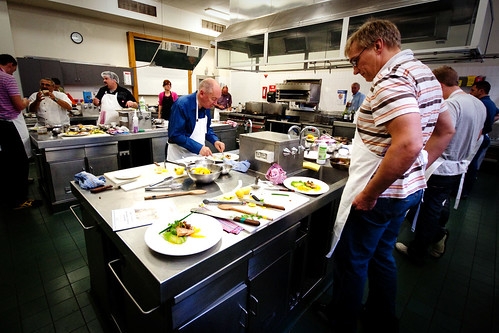There is no question about it, moving can be a very stressful and frustrating challenge. If you and your family have recently decided to move out of your current residence and into a new house, you will need to pack your whole life and bring it into your new home. Every routine, habit, and every piece of memorabilia will be tossed into a huge, cluttered moving van and will have to be reassembled and re-organized at the other end. Just thinking about it can cause headaches. Thankfully, you can get organized and reduce stress when moving day comes.
There are plenty of ways to make your move easier and more efficient. Read on if you want to learn a few smart tips for an organized and stress-free move.

Make A List
Before you start packing your entire life into boxes and containers, you need to write everything down. You need to create a simple record keeping system. In doing so, you will know what you need to pack and where things should go. As a tip, you can create a printed list of numbers with spaces where you can write down the contents of each box, then place a number on each box you pack. You will also need a notebook where you will list down the contents of each container.
Keeping a list or an inventory of your belongings will help you sort out and organize your things. This will also make it easier for you to find what you are looking for without digging through boxes. In addition, it helps you keep track of what you have packed and ensure that everything is still in place when you unpack.
Sort Out Your Belongings
While you prepare your list, you must also sort out your belongings. You must consider which items you can throw out, donate, or store. If you have valuables and possessions which you cannot part with but they will only add clutter to your new home, you can store them in a secured storage facility.
There are reputable companies offering storage units at reasonable rates. These storage units have different features which includes security, temperature control, and resistance to certain elements. It is best to avail the services offered by storage facilities if you have items which you need to store safely and securely.
Get The Necessary Supplies
You will also need supplies, such as boxes, marking pens, bubble wraps, plain newsprints, and packing tape. When it comes to purchasing boxes, you need to get different sizes for different item categories. You can buy boxes from a moving company or you can get them for free from your local grocery. As a tip, you need to have 10 extra boxes which you can use for last minute items, such as bedding and clothes. You will also need to buy strong packing tape to secure the boxes. Use plain newsprints or bubble wrap to protect fragile and breakable items.
Pack Your Belongings Wisely
Once you have your supplies ready, take your time to pack. Packing wisely will help reduce the risks of breaking things, and bringing items that should be thrown out or donated. Here are a few packing tips you need to remember:
- Use the right box size: You need to know that bigger boxes are for light items, such as pillows, linens, and clothes. Smaller boxes are for heavy and fragile items, such as books, plates, and glasses. Placing heavier items in smaller boxes will make them easier to move around and have a lower risk of breaking.
- Pack the boxes until it is full: Do not leave any empty spaces inside the box. It is best to fill the spaces with clothing, towels, or newsprints if necessary. If the box is loosely packed or is unbalanced, it will only be vulnerable to breaking or damage.
- Place lighter items on top while heavy items go at the bottom: If you are loading your boxes onto the moving van or if you are placing the boxes in a storage unit, you need to place heavier boxes first and place them toward the front of the truck.
- Pack by category: When packing, it is best to keep similar items together. For instance, kitchen utensils and cooking equipments must be packed together, while bedding, linens, and pillows must also be packed in another box. As a tip, avoid mixing items from various rooms in the same box. In doing so, you will have an easier time packing and finding items.
- Label each container: You must label each boxes with its room designation. You must also put a description of what’s inside. As a tip, you can color-code the boxes and when it is time to move, mark each room with a designated color. In doing so, the movers can bring the boxes into the room with the same color label.
- Secure the boxes with durable packing tape: You need to use durable and sturdy packing tape to secure the boxes. You can tape the bottom and top seams, then make a couple of wraps around the top and bottom edges of the boxes. Concentrate in areas where there is more stress.
Citations:
Featured images:
- License: Creative Commons image source
This guest post is written by Kris Bennette. She is a blogger for home improvement websites where she offers packing and moving tips for her readers. She advises her readers to visit https://www.usstoragecenters.com/self-storage/california/la-crescenta/zip-9 if they are interested in getting a storage unit.




